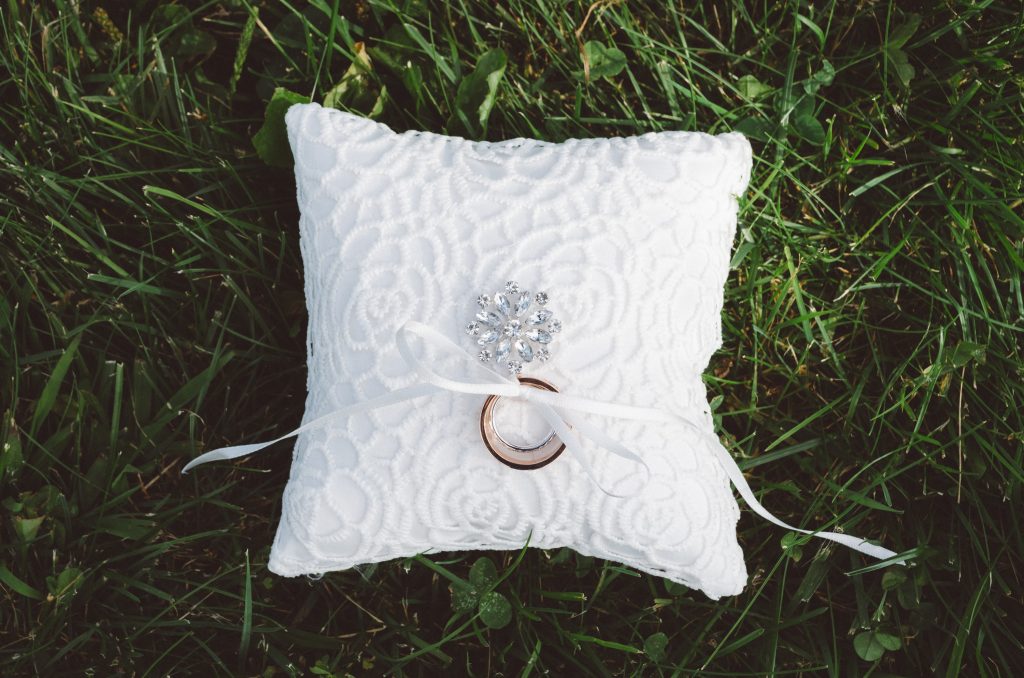The ring bearer is possibly one of the most adorable wedding traditions in existence. A young boy in a fitted suit carries the wedding rings down the aisle and hands them to the couple getting married at the altar.
Since these precious rings are not to be lost, the ring bearer often carries symbolic rings rather than the real wedding bands. This is common practice in today’s rendition of the ring bearers duties as they are often little boys under the age of 10.
While it is a much-loved tradition at weddings, the history of this practice is quite difficult to pinpoint. There are a few different theories about where this tradition comes from.
Most commonly, people believe that the practice has its roots in ancient Egypt where valuable jewels were carried on ornamental pillows during wedding ceremonies. According to Black n Bianco, it was adults who carried the rings down the aisle, rather than little children.
Others believe that the ring bearer stems from the Medieval times. During this period, Northern Europeans would present a ring to a bride on the tip of a sword, according to Saphire Events Group. A page boy would carry the bride’s train down the aisle, while holding a Bible. From here, the tradition developed.
Since pillows were reportedly a symbol of wealth at the time, some families replaced the sword with a pillow and the page boy was given the responsibility of carrying it down the aisle.
In the Victorian Era, the tradition became even more popular. Little boys in possession of the ring would wear suits with velvet jackets, short trousers and round linen collars, according to Black n Bianco.
Today, the tiny “ring security guards” often sport suits which are similar to that of the groomsmen. Many couples have even enlisted the help of their pets for ring bearing purposes.
Feature image: Unsplash




















